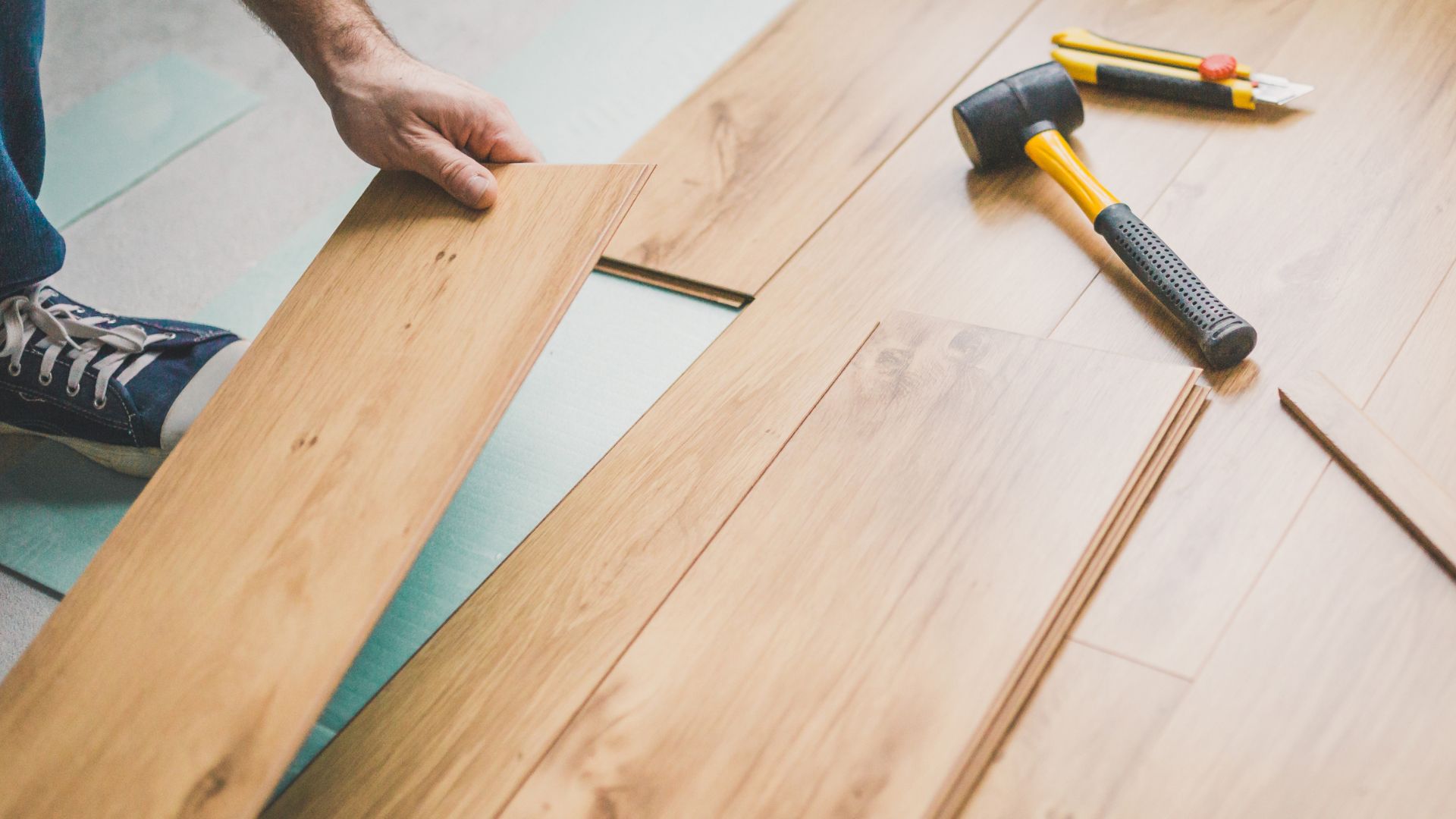

Laminate flooring is a popular choice for home renovation projects due to its durability, affordability, and ease of installation. One common question that arises during the installation process is whether or not it is necessary to stagger the planks in the flooring. In this article, we will discuss the reasons for staggering the planks in laminate flooring and the consequences of not doing so.
Why Stagger the Planks in Laminate Flooring?
Staggering the planks in laminate flooring serves two main purposes: to provide stability and to improve the overall appearance of the floor.
Stability: When laminate planks are installed end-to-end, they can create a bridge-like structure that is not as sturdy as a floor made up of randomly positioned planks. This is because the planks are not supported by subflooring in the middle of the room. The result is a floor that can easily buckle or warp, particularly if it is subjected to heavy foot traffic or moisture. By staggering the planks, you create a stronger structure and ensure that the floor will not buckle or warp over time.
Appearance: Staggering the planks also adds a level of visual interest to your flooring. A floor made up of perfectly aligned planks can look monotonous and unappealing. The random positioning of planks in a staggered pattern can create a more interesting and attractive appearance.
How to Stagger the Planks in Laminate Flooring?
To stagger the planks in laminate flooring, you need to ensure that the end of one plank does not line up with the end of the next plank. The general rule of thumb is to ensure that the end of one plank is at least 6-8 inches from the end of the next plank. This will ensure that the planks are properly staggered and provide stability to the floor.
Another way to stagger the planks is to use different plank lengths. For example, you can use a combination of planks that are 4 feet, 6 feet, and 8 feet in length. By using different length planks, you can achieve a random pattern that will ensure stability and improve the overall appearance of your floor.
Consequences of Not Staggering the Planks
If you do not stagger the planks in laminate flooring, you run the risk of having a floor that is not stable. This can result in buckling or warping, particularly if the floor is subjected to heavy foot traffic or moisture. The appearance of your floor may also suffer, as the perfectly aligned planks can look monotonous and unappealing.
In addition to staggering the planks to ensure stability and improve the appearance, there are specific steps you can follow to ensure that your laminate flooring installation is done correctly. The first row of planks should always start with a full plank. The second row should start with a 2/3 plank and the third row should start with a 1/3 plank. This will ensure that the planks are properly staggered and provide stability to the floor.
It’s important to note that the distance between joints from one row to the next should be 8 inches or greater for the remainder of the installation. This will prevent any structural issues and also help maintain the attractive appearance of your flooring.
It is recommended to dry-lay the planks before installing them to ensure that the stagger pattern is correct and that there are no issues with the fit or appearance of the flooring.
Following these guidelines will ensure that your laminate flooring installation is properly staggered and provides stability, durability and an attractive appearance for years to come. If you are unsure about the proper installation techniques, it is always best to consult a professional flooring installer for assistance.
In conclusion, staggering the planks in laminate flooring is an important step in ensuring stability and improving the overall appearance of your floor. By following the guidelines outlined in this article, you can achieve a floor that will last for years to come and look great in your home. If you are unsure about how to stagger the planks, it is always best to consult a professional flooring installer for assistance.





